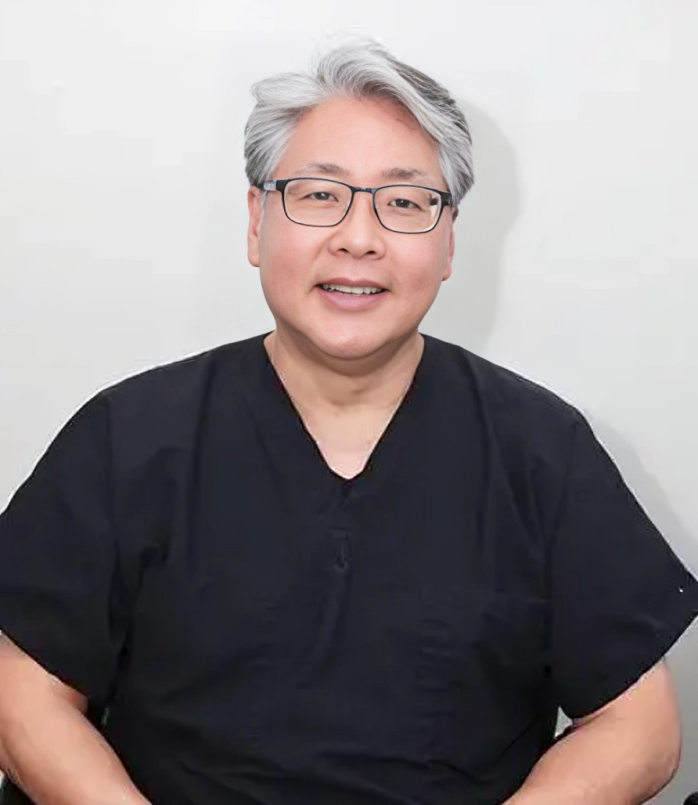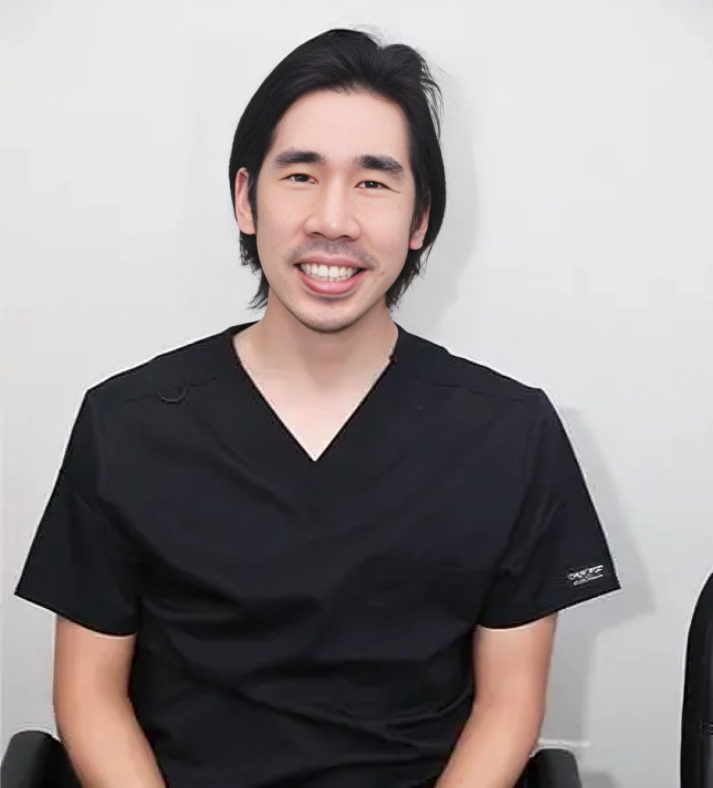Posted by inception1 on June 19, 2025, 07:49 AM
Teeth are more than just tools for eating; they play a crucial role in our overall health and confidence. While we often think of preserving them at all costs, there are times when saving a tooth simply isn’t feasible. Tooth extraction in Los Angeles CA, can be daunting, but understanding the reasons behind it and the options available can help ease your concerns. In bustling cities like Los Angeles, CA, dental professionals face tough decisions every day regarding extractions. If you’re grappling with tooth issues or considering your options, it’s essential to grasp the critical factors surrounding this process. Let’s dive into what leads to an extraction and how best to navigate this challenging situation.
The Importance of Saving a Tooth in Los Angeles CA
Saving a tooth is vital for maintaining oral health. Each tooth plays a specific role in chewing, speaking, and overall alignment. Losing one can disrupt this balance.
A healthy tooth also contributes to jawbone integrity. When a tooth is extracted, the surrounding bone may start to deteriorate over time due to lack of stimulation. This deterioration can lead to further complications down the road.
Moreover, preserving your natural teeth helps maintain your smile's aesthetics and boosts confidence. You might not realize how much you rely on your teeth until they're gone.
Saving a tooth often means avoiding more invasive procedures or costly replacements later on. It’s always worth considering every possible option before deciding on extraction. Every effort made towards preservation ultimately benefits both your dental health and wallet in the long run.
Common Reasons for Tooth Extraction
Tooth extraction is sometimes necessary, and several reasons can lead to this decision.
- One common reason is severe tooth decay. When a cavity goes untreated, it can cause extensive damage that makes saving the tooth impossible.
- Another factor is gum disease. Advanced periodontal issues can weaken the support structure of your teeth, leading to mobility or infection. In such cases, extraction might be needed to maintain oral health.
- Impacted wisdom teeth are also frequent culprits for removal. These molars may not have enough space to emerge properly, causing pain or crowding among existing teeth.
- Orthodontic treatment often requires extractions as well. Removing specific teeth can create space for proper alignment during braces or other corrective procedures.
- Trauma from accidents may result in irreparable damage where extraction becomes essential for overall dental function and aesthetics.
Factors to Consider Before Extraction
- Before deciding on extraction, several factors come into play. The condition of the tooth is paramount. If decay or damage has progressed extensively, saving it may not be possible.
- Next, consider your overall dental health. Certain underlying conditions can complicate extractions and healing processes. Your dentist will evaluate your medical history to ensure safety.
- Another critical aspect is the surrounding teeth and gums. A compromised tooth can impact neighboring structures, leading to more extensive problems down the line.
- Cost also plays a role. While extractions might seem cheaper initially, they can lead to further expenses if replacements are needed later on.
Your personal preference matters too. Discussing anxieties about pain or recovery with your dentist in Los Angeles, CA can guide you toward the best decision for your unique situation in Los Angeles, CA.
Alternative Options to Extraction
When faced with a tooth that may need extraction, there are alternatives worth considering.
Root canal therapy is often misunderstood, yet it’s a vital procedure for saving an infected tooth. Many people fear the treatment due to misconceptions about pain, but advances in dental technology have made it more comfortable than ever.
During this procedure, dentists Los Angeles, CA, remove the damaged pulp inside the tooth. This inner tissue can become inflamed or infected due to decay or trauma. Removing it helps alleviate pain and prevents further complications.
Once the pulp is removed, the space is cleaned and sealed. The goal is not just immediate relief but also preserving your natural tooth structure for years to come.
After a successful root canal, many patients find that their teeth function normally again. It allows individuals to maintain their bite and avoid extensive procedures like extractions or implants down the line.
Dental implants serve as a remarkable solution for those facing tooth loss. Unlike bridges or dentures, they provide a permanent fix that mimics the natural structure of teeth.
The process involves placing a titanium post into the jawbone, acting as an artificial root. This integration with bone tissue creates stability and durability.
Patients appreciate dental implants for their aesthetic appeal too. They look and feel like real teeth, restoring confidence in one’s smile.
Moreover, they offer functional benefits by allowing normal chewing and speaking without discomfort or worry about shifting appliances.
With proper care, dental implants can last many years—often decades. They require routine maintenance similar to natural teeth but yield significant long-term advantages for oral health and quality of life. Contact us to learn more.
Understanding the Extraction Process in Los Angeles, CA
Understanding the extraction process is vital for anyone facing this dental procedure. The first step usually involves a thorough examination, including X-rays, to assess the tooth's condition and surrounding bone.
Once you've discussed the plan with your dentist, anesthesia will be administered. This ensures that you remain comfortable throughout the procedure. Depending on the complexity, dentists may use local or general anesthesia.
The actual extraction can vary in difficulty. For simple extractions, the tooth is grasped and gently rocked until it loosens from its socket. More complicated cases might require surgical techniques, where incisions are made to access impacted teeth.
After removal, your dentist will provide guidance on what to expect during recovery. Knowing these steps helps alleviate anxiety and prepares you for a smooth experience as you navigate through post-extraction care essentials.
Post-Extraction Care and Recovery
After tooth extraction, proper care is crucial for a smooth recovery.
- Start by following your dentist's post-operative instructions carefully.
- For the first few hours, avoid rinsing your mouth or sucking on straws. This helps prevent dislodging the blood clot that forms in the socket. Rest is also important; give your body time to heal.
- Manage discomfort with prescribed medications or over-the-counter pain relievers as needed. Swelling can occur, so applying ice packs intermittently during the first day can help minimize it.
- Maintain hydration but stick to soft foods like yogurt and smoothies initially. As healing progresses, you can gradually reintroduce solid foods.
- Keep an eye out for any unusual signs such as increased pain or bleeding. If something feels off, don't hesitate to reach out to your dentist for guidance and reassurance throughout this healing journey.
Conclusion
Tooth extraction is sometimes necessary, but it’s not a decision to take lightly. Understanding the importance of saving a tooth can help patients appreciate their options better. While there are common reasons for tooth extractions, each case is unique and requires careful consideration.
Before making any decisions regarding extraction, factors such as the extent of decay, infection severity, or damage should be evaluated thoroughly. Alternative treatments like root canal therapy or dental implants often offer viable solutions that preserve your natural teeth.
If extraction becomes unavoidable, knowing what to expect during the procedure can alleviate anxiety. Post-extraction care plays an essential role in ensuring a smooth recovery process.
Navigating dental health choices can seem overwhelming at times. However, with the right information and guidance from professionals in Los Angeles, CA, specializing in extractions and other procedures, you can make informed decisions about your oral health journey.
Tooth extraction is a common dental procedure that addresses various oral health concerns, from severe decay and damage to impacted wisdom teeth. Visit Kawata Dental Inc. at 12211 W Pico Blvd, Los Angeles, CA 90064, or call (310) 826-6123 to determine if a tooth extraction is the right solution for you.



